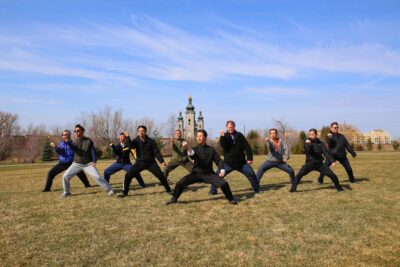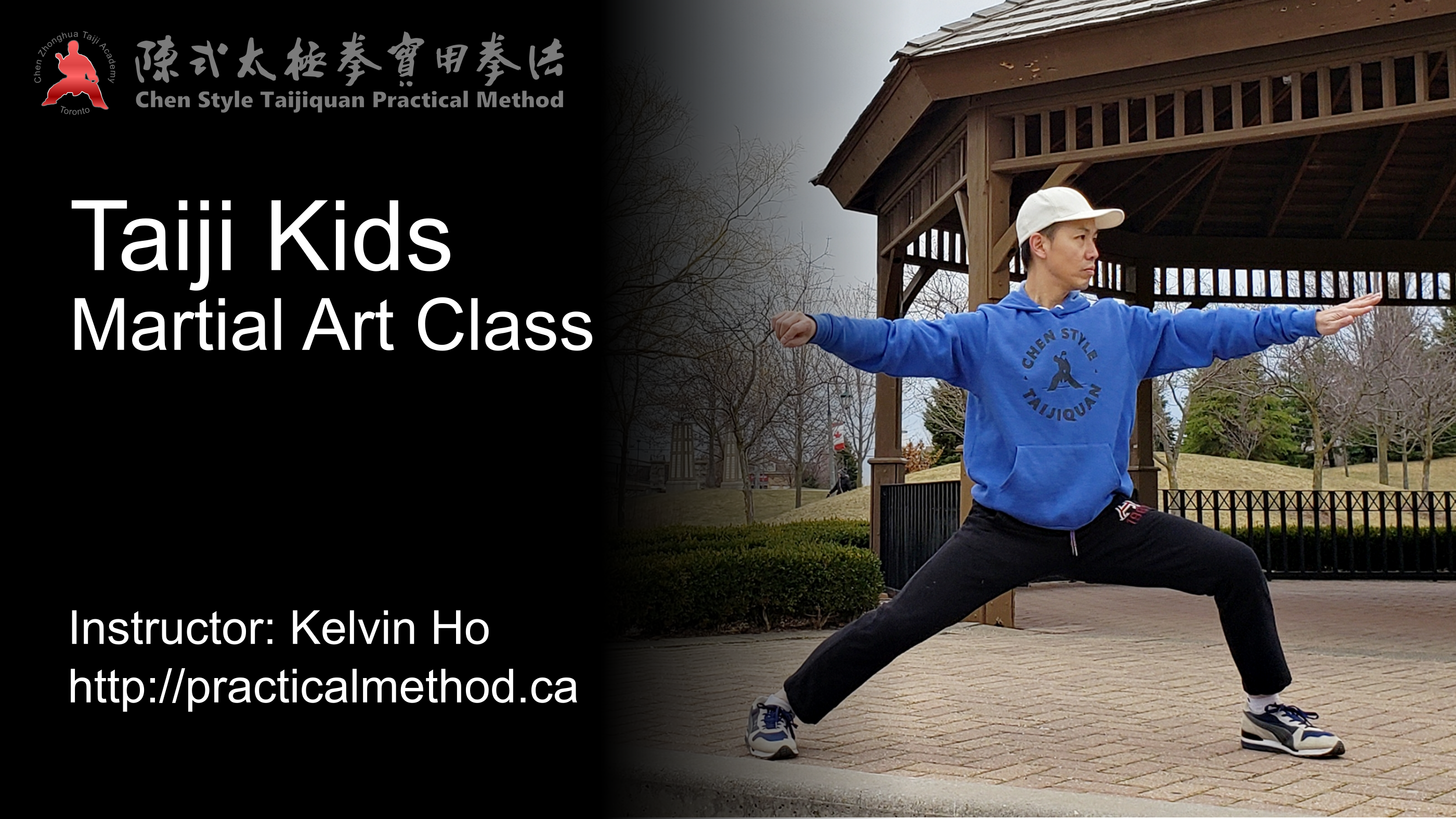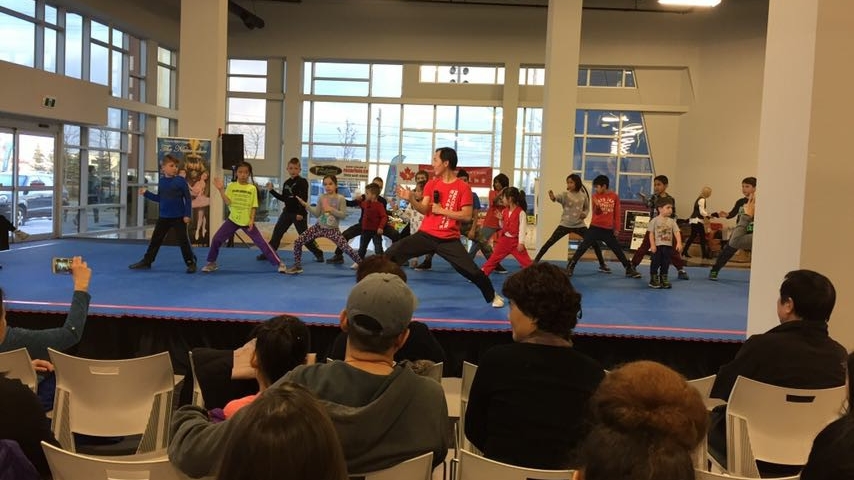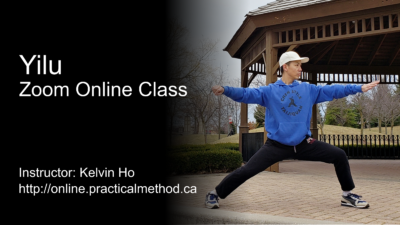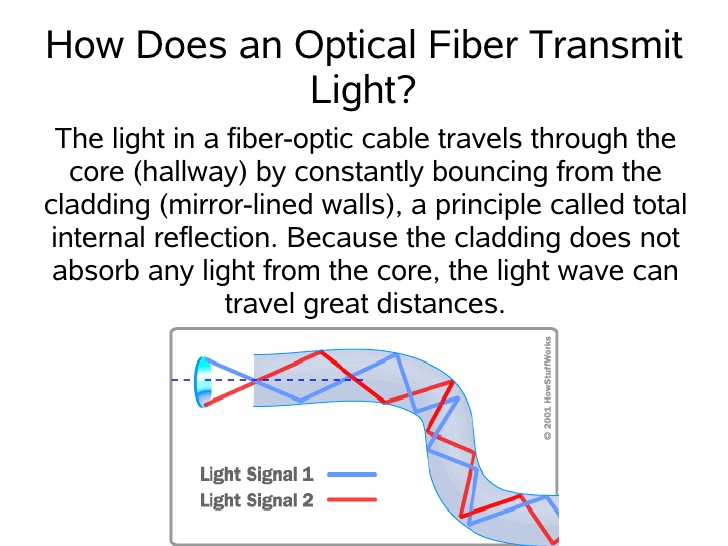Increase speed in the same direction.
Six Sealing Four Closing – First break the elbow, if that fails, yank the whole arm off the shoulder.
Machine gun exercise – Twisting the towel
Do first 13 with speed, one move at a time.
When you practice intensively, don’t go overboard. Take a break before continuing.

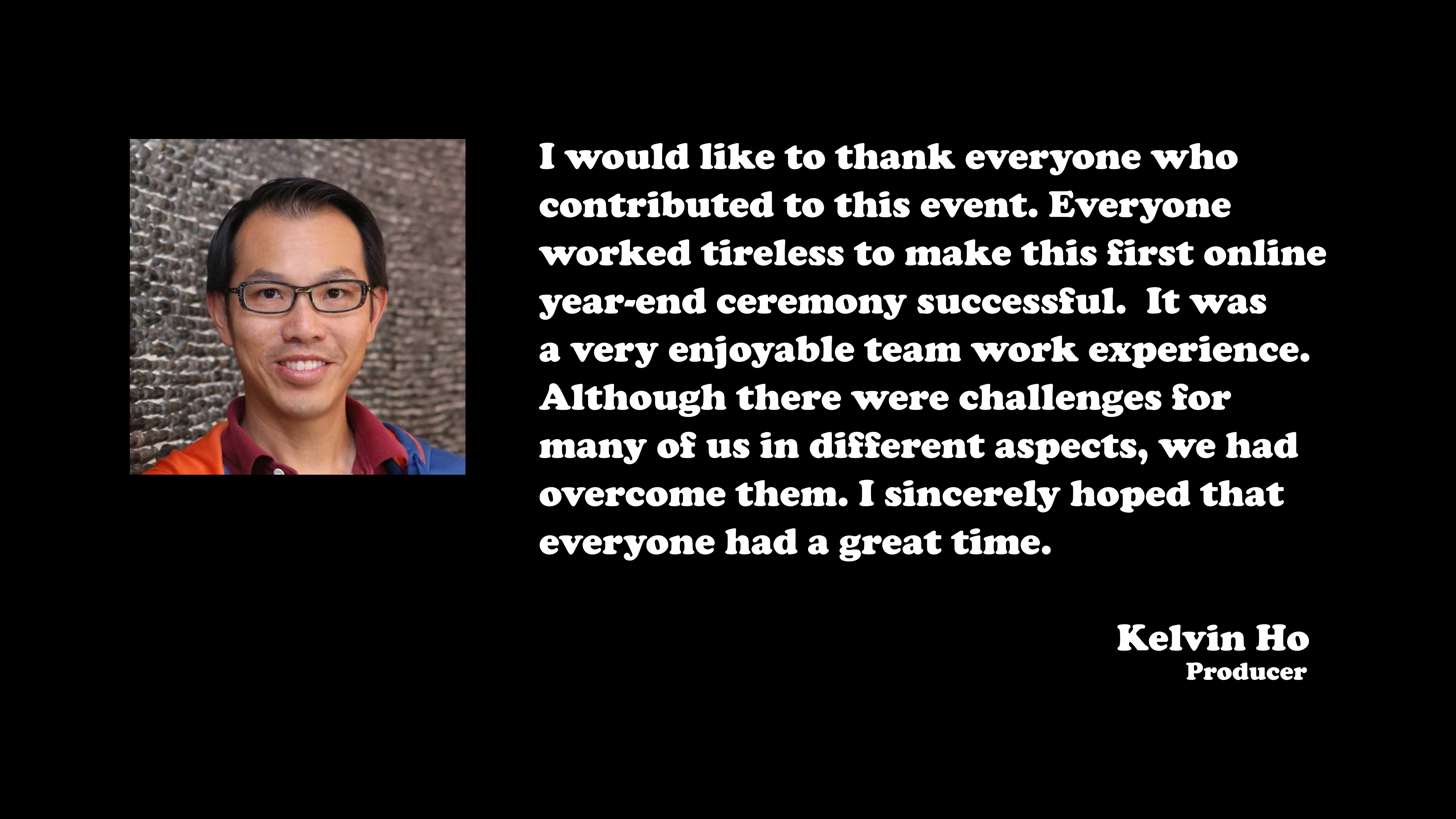



 Master Chen Zhonghua always says that we need to do 20 yilus a day. If you haven’t done it before, consider to give this a try. For this challenge, you will need about 2 hours a day, which can be divided into multiple sessions to fit into your busy schedule to practice 20 yilus. By the end, you will complete about 1200 yilus.
Master Chen Zhonghua always says that we need to do 20 yilus a day. If you haven’t done it before, consider to give this a try. For this challenge, you will need about 2 hours a day, which can be divided into multiple sessions to fit into your busy schedule to practice 20 yilus. By the end, you will complete about 1200 yilus. 